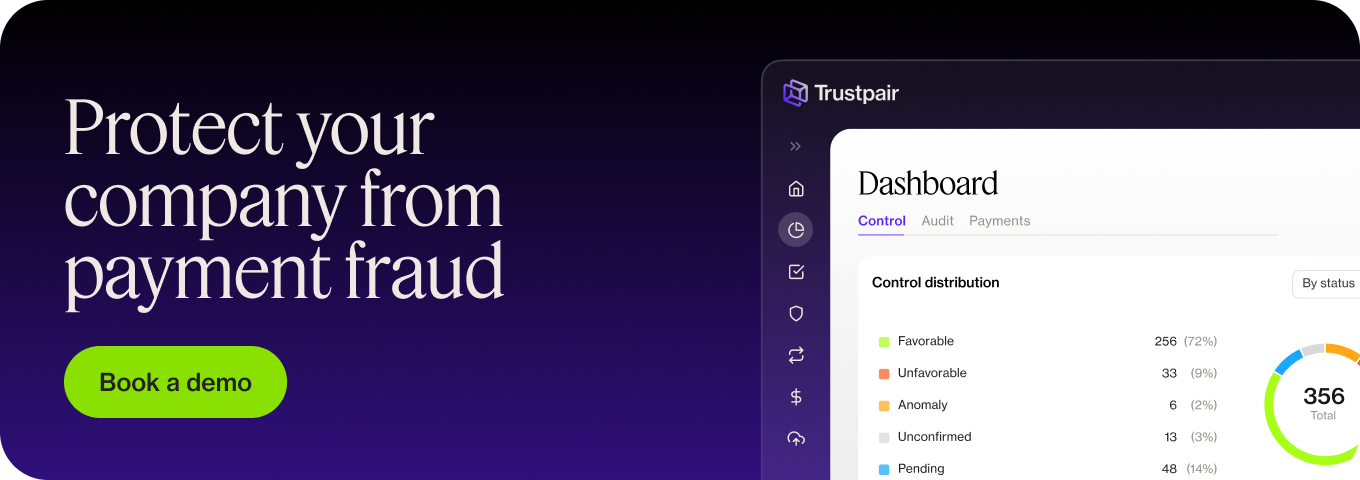The sales and marketing process leading up to order placement is often the main focus for organisations. However, the order processing system (order-to-cash, or O2C) needs to be robust and fit for purpose to ensure customer satisfaction, optimum resource management and to effectively manage fraud risk. It refers to everything that happens from the moment an order is received until it appears in the accounts receivable against the original order.
Why is the order-to-cash process so important to get right?
Although the O2C process can seem very much behind the scenes, it plays an important part in a company’s relationship with their third parties. If it is optimised, customers will be served more quickly, errors can be minimised, and data can be used to help identify any areas of service design that need improving.
- An optimised O2C process will avoid certain processes holding up others, and can impact cash flow, and supply chain, inventory, and staff management.
- Slow delivery of goods and services or poor accounts management does not suggest an organisation is well managed, professional, or reliable. And, of course, the risk of fraud increases when there are poor or badly-managed systems in place.
- Data degrades over time as it moves through departments, so it is important to continually check it.
What are the steps in the order-to-cash process?
- Order placement
A customer can place an order with a salesperson, an e-commerce platform or via an email or phone call. Whichever way the order is initially received it should be entered into an automated order management system for maximum efficiency. An automated system will issue notifications immediately to enable the shortest time to fulfilment.
- Credit management
Where credit needs to be extended an automated process can take a first-time customer through a credit-approval process. Returning customers who have already been approved will by-pass this process but those who have been denied credit on their last order will automatically go through the process again.
- Order fulfilment
Without automated inventory software it is easier for customer orders to be accepted that cannot then be fulfilled, creating disappointment and frustration as well as potentially lengthy refund processes. If order fulfilment is directly linked to ordering software this can speed up the process in the warehouse and orders can be sent for shipment more quickly.
- Shipping
Automated shipping updates will help teams plan shipments in the most efficient way for the company and the customer. Updates can also be sent directly to the customer, so they know that their order is on its way.
- Customer invoicing
Accurate, timely invoices help an organisation manage their cash flow better. If all the data points are in the system invoices can be sent automatically and without delay. If credit has been extended, the sooner an invoice goes out, the sooner an organisation can expect to get paid.
- Outstanding invoices
An automated system can flag when invoices are outstanding before they become overdue. Any obvious issues can be picked up at this point and revised invoices or reminders sent out to help ensure the timely payment of money due.
- Third party payment
An automated system will help make it quicker and easier for customers to make payments. Payment needs to be flagged in real time to avoid customers being asked for ones that have already been made. Incorrect cash estimates lead to incorrect forecasting. Equally, if payment has not been made an automated system can prevent new orders being accepted to avoid further credit being extended. It will also allow the review of bad debt.
- Reporting and data management
Data that has been captured during an automated order-to-cash process can be used in multiple ways to improve both the business model and profitability. Providing a better service to customers will make them more likely to use and recommend a company. Employees become available for more important tasks than data inputting and working out who owes what and why.
How Trustpair can help you in the O2C process
Trustpair supports organisations by providing automated solutions to make the order-to-cash process secure. It gives multiple control points throughout the supplier’s life cycle and automatically checks bank details. It connects to international data sources which gives even broader risk coverage and allows for prevention of payment and third-party identification risks.
Managing the O2C process properly is instrumental in creating a more efficient, customer-centric experience that also reduces fraud risk. As transfer fraud risk continues to increase, robust, integrated systems that help safeguard organisations against internal and external fraud are key.
Please contact us to find out more about how our software can transform your company’s fraud risk. Request a demo and let us show you how we can help protect your business from cybercriminals.
Key Takeaways:
- The order-to-cash (O2C) process refers to what happens from when an order is received until it appears in the accounts
- An automated system creates a more efficient, customer-centric experience and reduces fraud risk
- Use Trustpair software to ensure an added layer of security





